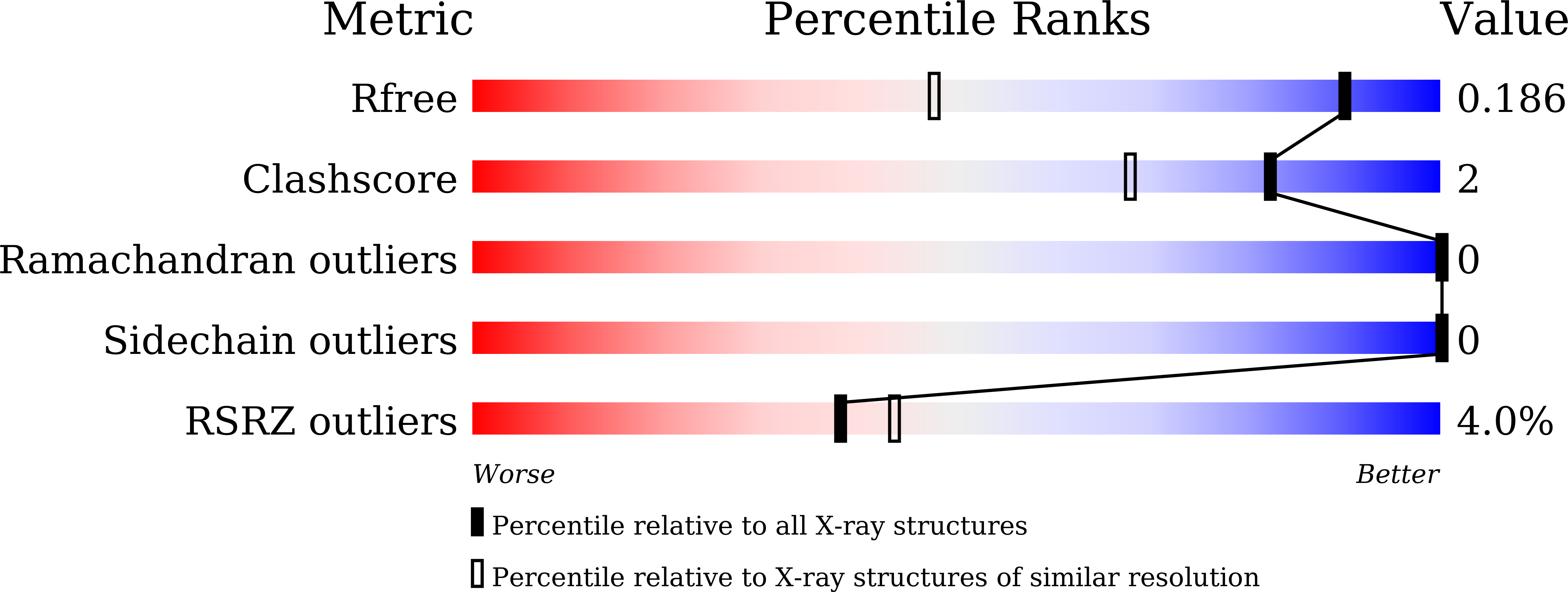
Deposition Date
2021-04-26
Release Date
2022-06-08
Last Version Date
2023-11-29
Entry Detail
Biological Source:
Source Organism:
Escherichia coli K-12 (Taxon ID: 83333)
Host Organism:
Method Details:
Experimental Method:
Resolution:
1.35 Å
R-Value Free:
0.18
R-Value Work:
0.16
Space Group:
C 1 2 1


